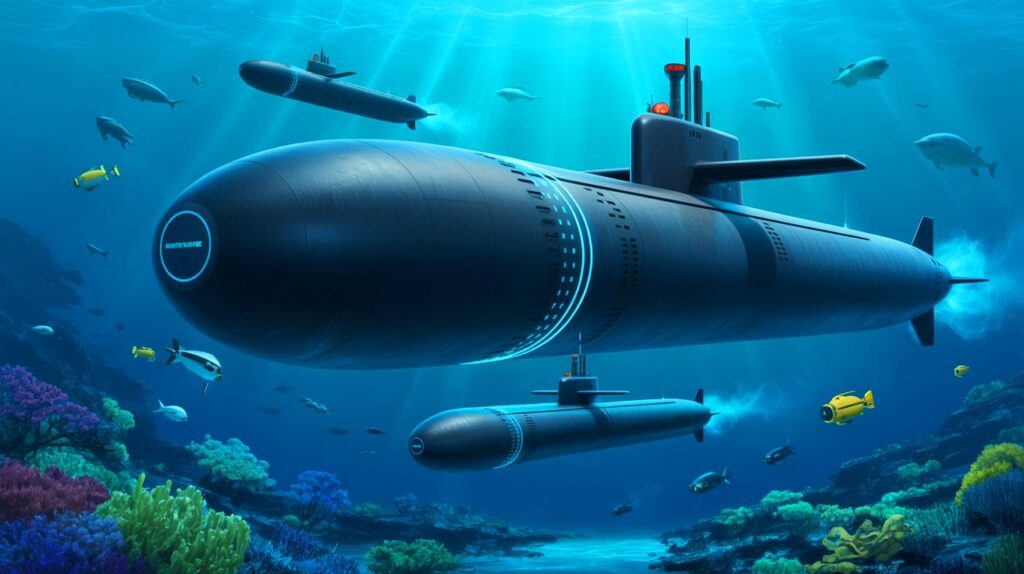| IN BRIEF |
|
Technological advancements in underwater communication have taken a significant leap forward thanks to Chinese researchers. A recent innovation allows for error-free transmission of acoustic data over long distances. Developed by Northwestern Polytechnical University in China, this technology could transform civil and military applications in underwater communication. This article explores the implications of this breakthrough and the associated technical challenges.
The Challenges of Data Integrity in Underwater Environments
Transmitting data error-free over long distances underwater remains a significant technical challenge. For certain applications, especially military ones, even minor data corruption is unacceptable. Critical operations, like activating dormant underwater drones or coordinating precise attacks, require total data integrity. However, the underwater environment complicates this task. Sound waves disperse into confusing echoes, moving sources cause Doppler shifts, and background noise easily drowns out weak transmissions.
To overcome these obstacles, Professor He Chengbing and his team have developed a self-adjusting system capable of identifying clusters of signals in noisy underwater environments, without needing prior knowledge of the seafloor topography. They have also created an innovative algorithm that transforms turbulent and variable channels into near-instantaneous static acoustic channels, enabling iterative error correction. However, this technology requires significant computational power, making real-time application on small drones challenging.
Impressive Results of China’s Hydrophone Array
In 2021, tests conducted at an undisclosed deep-sea site demonstrated the ability to transmit error-free acoustic data over distances of 202 and 370 miles. The use of an eight-element hydrophone array attached to a buoy, along with coded QPSK signals, achieved a transmission speed of 37.5 bits per second during long-distance trials. These experiments confirmed the method’s efficacy for error-free underwater acoustic communication over vast distances.
According to the research journal Acta Acustica, the sound source of 176 decibels used during the sea trials operated in extremely low frequency ranges, ideal for long-distance underwater communication due to its ability to travel farther with less attenuation. Northwestern Polytechnical University, recognized as one of China’s “Seven Sons of National Defense,” has played a key role in this advancement, despite ongoing sanctions and cyberattacks from the United States.
Northwestern Polytechnical University: A Key Player in Acoustic Research
Since establishing its underwater acoustics department in the 1950s, Northwestern Polytechnical University has trained graduates who have significantly contributed to the development of China’s most advanced warships and marine surveillance networks. Despite international challenges, this institution continues to lead in underwater acoustic research.
The university’s researchers tirelessly push the boundaries of underwater communication, an essential domain for national security and technological development. This commitment to innovation and scientific excellence has enabled China to achieve significant advancements in this strategic field.
The Future Implications of Error-Free Acoustic Communication
The ability to transmit acoustic data error-free over long distances paves the way for exciting new applications. In the civil sector, this technology could revolutionize how data is transmitted for oceanographic studies and search and rescue operations. In the military domain, it promises to significantly enhance coordination and communication among underwater forces.
Despite these advancements, challenges remain, particularly regarding adapting the technology for practical, real-time use. Optimizing computational power and managing disturbances from storms or abrupt maneuvers continue to be hurdles to overcome. How will these innovations impact future underwater communication strategies?







